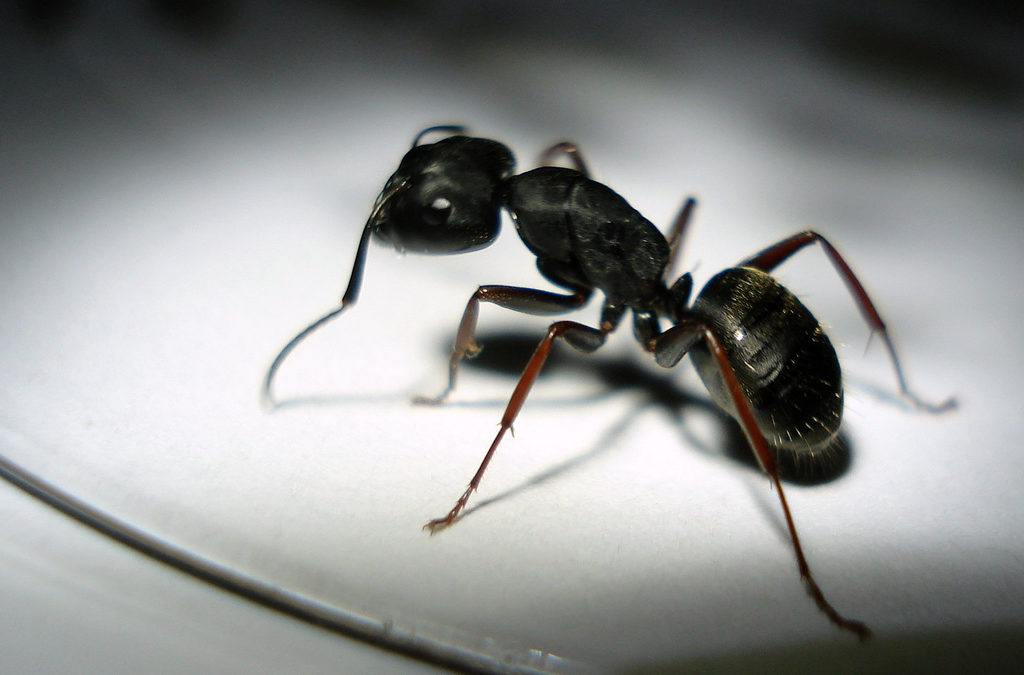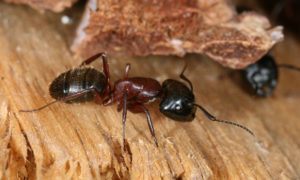How To Identity And Protect Your Home From Carpenter Ants
Carpenter ants are some of the largest ants in the United States. They range in size from 3.4 to 13 mm in length. Most carpenter ants are black, but some species can be reddish. They make their homes in rotting or decaying wood and can survive both indoors and outdoors. They can cause damage to homes when they nest in wood, insulation or soft surfaces.
Where Do They Like to Live?
Carpenter ants prefer nesting in damp or decaying wood so they often nest in places where loose material is already present. Once carpenter ants establish a nest in a damp area, they begin to tunnel into wood that is sound, which can lead to structural damage over time. Carpenter ants prefer moist areas and often get into homes in places where there are gaps between the foundation and the walls, between windows and window sills, under shutters and shingles, and through any wood that comes in direct contact with soil.
Although the actual nests sites are rarely larger than two or three square feet, the tunneling around the nest area can be extensive. Carpenter ants also produce a fine, powdery dust as they build their nests and tunnel galleries.
What Do They Eat?
Carpenter ants eat the same foods as humans, and especially enjoy sweets. Keeping floors, counter tops and other areas where crumbs and sugar can collect is important for controlling carpenter ant infestations. The carpenter ant queen provides food for young ants through her salivary glands until they become workers that capable of foraging for themselves.
Signs of an Infestation
The most common symptom of a carpenter ant infestation is the presence of worker ants inside the home. But because carpenter ants forage for food from great distances from their nests, the presence of one or two ants is not necessarily an indication of a larger problem. However, if you begin to see piles of tiny wood shavings (dust) underneath items made of wood, there is a greater likelihood that you have an infestation.
Dealing With Carpenter Ants
Controlling carpenter ants takes patience and can often requires the help of a professional exterminator. Discourage ants from taking up residence by replacing damaged or rotted wood. Trim trees away from your home, and direct downspouts away from the foundation. Seal cracks around windows and doors with weatherproof caulking, and ventilate attics and crawl spaces to reduce moisture in your house.



